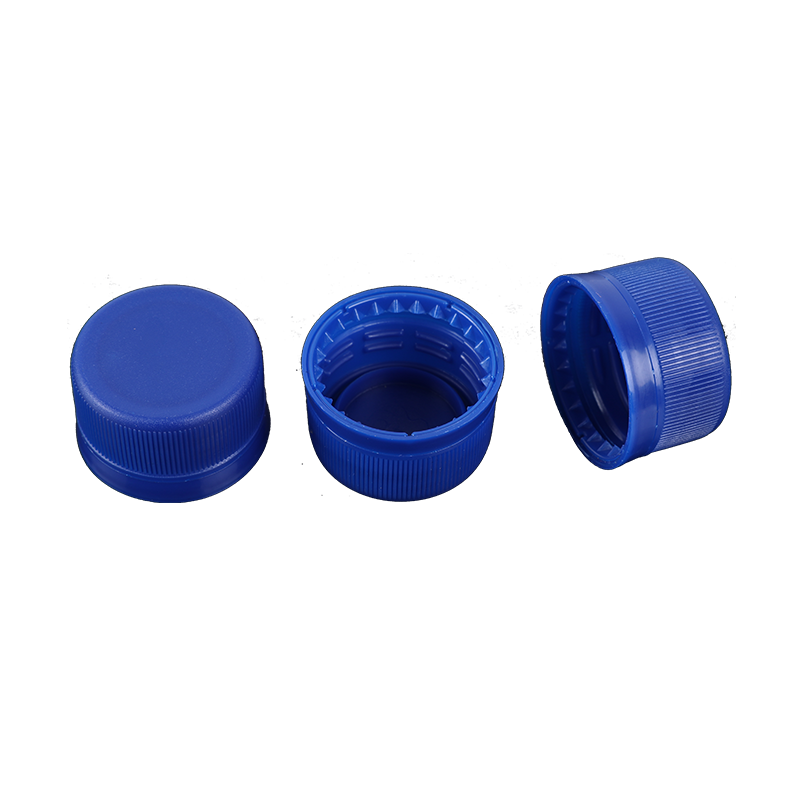A plastic bottle cap is a closure that fits over the top of a plastic bottle to prevent leaks and keep the contents in the bottle. They are used in a range of industries, including food and beverage, FMCG, pharmaceutical, and chemical.
Plastic bottles come in two types: polyethylene terephthalate (PET, or plastic number one based on resin codes) and high density polyethylene (HDPE, plastic number two). The type of plastic the bottle is made of will impact how it’s recycled.

The caps themselves are typically made from polypropylene (PP, plastic number five), although they can also be made from high-density polyethylene or a variety of other materials. They are manufactured using injection moulding, where the ingredients are heated and mixed together to form a hard mould.
They’re then pressed into the mould cavity until they form the shape of the cap. The process can take thousands of cycles, requiring moulds to be designed and constructed to last for many years.
Recycling them helps reduce pollution and waste, and can save energy. It also keeps materials in use, reducing the need to make new products.
Recycled bottle caps can be processed into a wide variety of materials, such as plastic containers and packaging for other uses. Unlike new bottle caps, these can be reused for many purposes and will not end up in landfills or in the oceans, helping to protect our environment.
The Association of Postconsumer Plastic Recyclers recently issued a statement saying that plastic recyclers support including bottle caps when recycling. However, it recommends that you follow your local recycling program’s instructions.